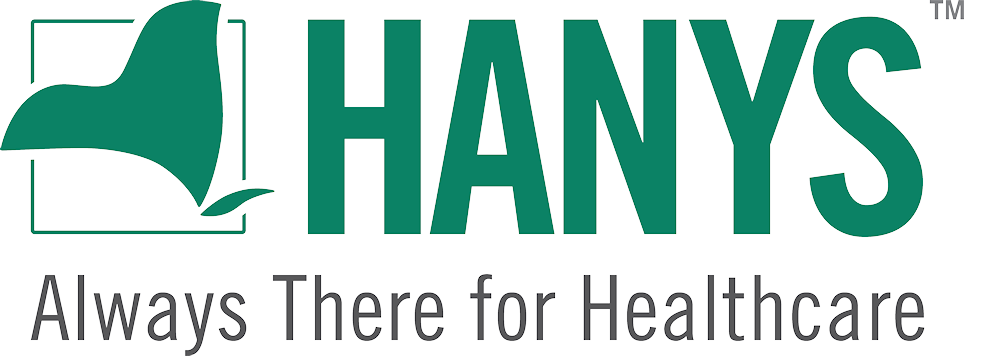HANYS Newsroom
Resources
Send media inquiries to:
News and Media
Photos: HANYS’ annual conference and 100-year celebration
Our three-day event reflected on the past, explored current events and looked to what lies ahead.
HANYS celebrates 100th anniversary
HANYS was pleased to celebrate our centennial with our members this week at our 56th Annual Membership Conference.
Northwell Health wins 2025 Community Health Improvement Award
Their Street Medicine Program is recognized for its partnerships and impact on vulnerable community members.
ECMC's Thomas Quatroche earns 2025 Grassroots Champion Award
In partnership with HANYS, the AHA presented the award in recognition of Quatroche’s effective and persistent advocacy for New York hospitals and health systems.
Statement on Senate version of the One Big Beautiful Bill Act
The U.S. Senate's version of the One Big Beautiful Bill Act is a disaster for New Yorkers.



